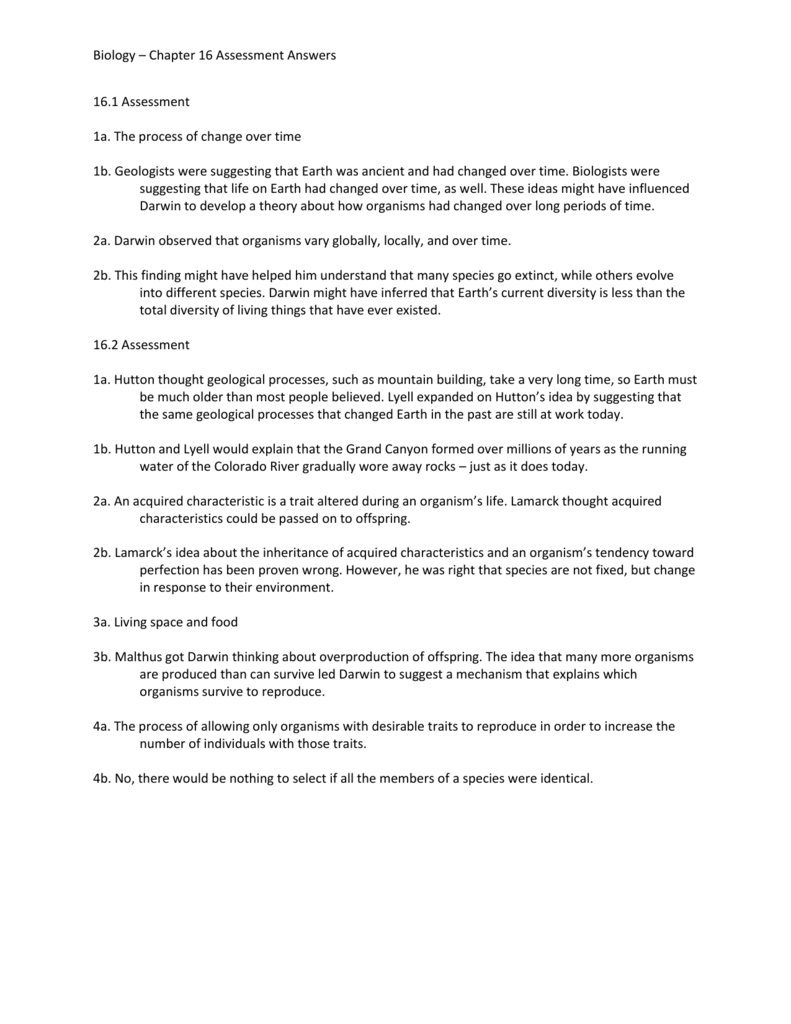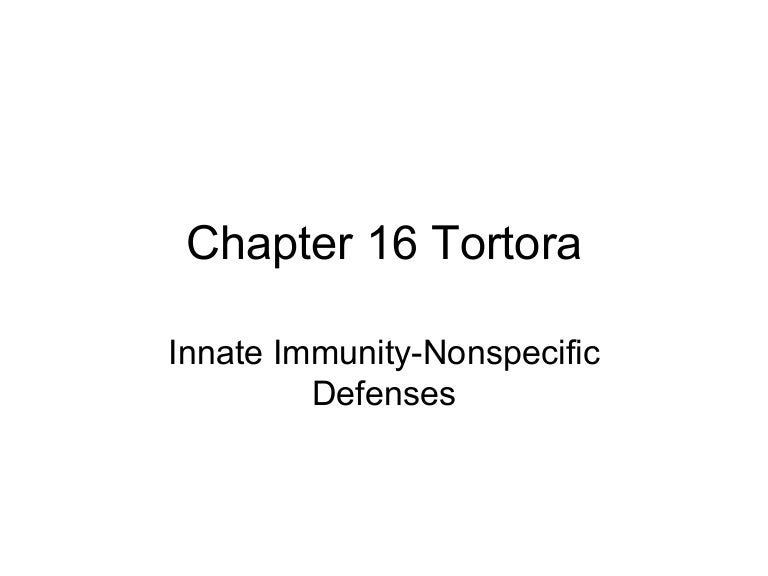
- CHAPTER 16 BLOOD BORNE PARHOGENS AND PRINCIPLES OF ASEPSIS SKIN
- CHAPTER 16 BLOOD BORNE PARHOGENS AND PRINCIPLES OF ASEPSIS FREE
Rosa Lucia is a certified medical assistant working in a multiphysician pediatric practice. Vectors Animals or insects (e.g., ticks) that transmit the causative organisms of disease.
CHAPTER 16 BLOOD BORNE PARHOGENS AND PRINCIPLES OF ASEPSIS SKIN
Urticaria (uhr-tuh-kar′-e-uh) A skin eruption that creates inflamed wheals hives. Transient bacteria Bacteria temporarily living in or on a certain body part, such as the hands. Tinea (tin′-e-uh) Any fungal skin disease that results in scaling, itching, and inflammation.
CHAPTER 16 BLOOD BORNE PARHOGENS AND PRINCIPLES OF ASEPSIS FREE
Sterile (ster′-il) Free of all microorganisms, pathogenic and nonpathogenic. Spores A thick-walled, dormant form of bacteria that is very resistant to disinfection measures. Rhinitis (rin-i′-tis) Inflammation of the mucous membranes of the nose. Resident bacteria Bacteria that live in or on a certain part of the body, such as the skin or mucosa. Remission The partial or complete disappearance of the clinical and subjective characteristics of a chronic or malignant disease. Relapse The recurrence of the symptoms of a disease after apparent recovery. Pyemia (pi-em′-e-uh) The presence of pus-forming organisms in the blood. Permeable (pur′-me-uh-buhl) Allowing a substance to pass or soak through. Pathogenic (path′-o-jen-ik) Pertaining to a disease-causing microorganism. Parenteral (puh-ren′-tuh-ruhl) The injection or introduction of substances into the body by any route other than the digestive tract (e.g., subcutaneous, intravenous, or intramuscular administration). Palliative A substance that relieves or alleviates the symptoms of a disease without curing the disease. Opportunistic infections Infections caused by a normally nonpathogenic organism in a host whose resistance has been decreased. Interferon (in′-tuhr-fir-on) A protein formed when a cell is exposed to a virus the protein blocks viral action on the cell and protects against viral invasion. Hereditary (huh-re′-duh-ter-e) Pertaining to a characteristic, condition, or disease transmitted from parent to offspring on the DNA chain.

Germicides (jur′-muh-sids) Agents that destroy pathogenic organisms. Examples of autoimmune disorders include multiple sclerosis, rheumatoid arthritis, and systemic lupus erythematosus.Ĭandidiasis (kan-duh-de-uh′-sis) An infection caused by a yeast that typically affects the vaginal mucosa and skin.Ĭoagulate (ko-ag′-yuh-late) To form into clots.Ĭontaminated Soiled with pathogens or infectious material nonsterile.ĭisinfectant A liquid chemical that is capable of eliminating many or all pathogens but is not effective against bacterial spores.įomites Contaminated, nonliving objects (e.g., examination room equipment) that can transmit infectious organisms. Discuss the legal and ethical concerns regarding medical asepsis and infection control.Īnaphylaxis (an-uh-fuh-lak′-sis) An exaggerated hypersensitivity reaction that in severe cases leads to vascular collapse, bronchospasm, and shock.Īntibodies (an′-ti-bah-dees) Immunoglobulins produced by the immune system in response to bacteria, viruses, or other antigenic substances.Īntigen (an′-ti-juhn) A foreign substance that causes the production of a specific antibody.Īntiseptics (an-ti-sep-tik) Substances that inhibit the growth of microorganisms on living tissue (e.g., alcohol and povidone-iodine solution ).Īutoimmune (o-to-im′-yuhn) Pertaining to a disturbance in the immune system in which the body reacts against its own tissue. Apply patient education concepts to infection control.Ģ1. Demonstrate the correct procedure for sanitizing contaminated instruments.Ģ0. Differentiate among sanitization, disinfection, and sterilization procedures.ġ9.

Demonstrate the proper hand-washing technique for medical asepsis.ġ8. Apply the concepts of medical and surgical asepsis to the healthcare setting.ġ7. Participate in a mock environmental exposure event with documentation of the steps taken.ġ6. Summarize the management of postexposure evaluation and follow-up.ġ5. Perform an eye wash procedure to remove contaminated material.ġ4. Remove contaminated gloves while following Standard Precautions principles.ġ3.

Explain the major areas included in the OSHA Compliance Guidelines.ġ2. Integrate OSHA’s requirement for a site-based Exposure Control Plan into office management procedures.ġ1. Specify potentially infectious body fluids.ġ0. Analyze the differences among acute, chronic, latent, and opportunistic infections.ĩ.

Summarize the impact of the inflammatory response on the body’s ability to defend itself against infection.Ĩ. Differentiate between humoral and cell-mediated immunity.ħ. Compare viral and bacterial cell invasion.Ħ. Apply the chain-of-infection process to healthcare practice.ĥ. Describe the characteristics of pathogenic microorganisms and the diseases they cause.Ĥ. Apply critical thinking skills in performing patient assessment and care.ģ. Define, spell, and pronounce the terms listed in the vocabulary.Ģ.


 0 kommentar(er)
0 kommentar(er)
